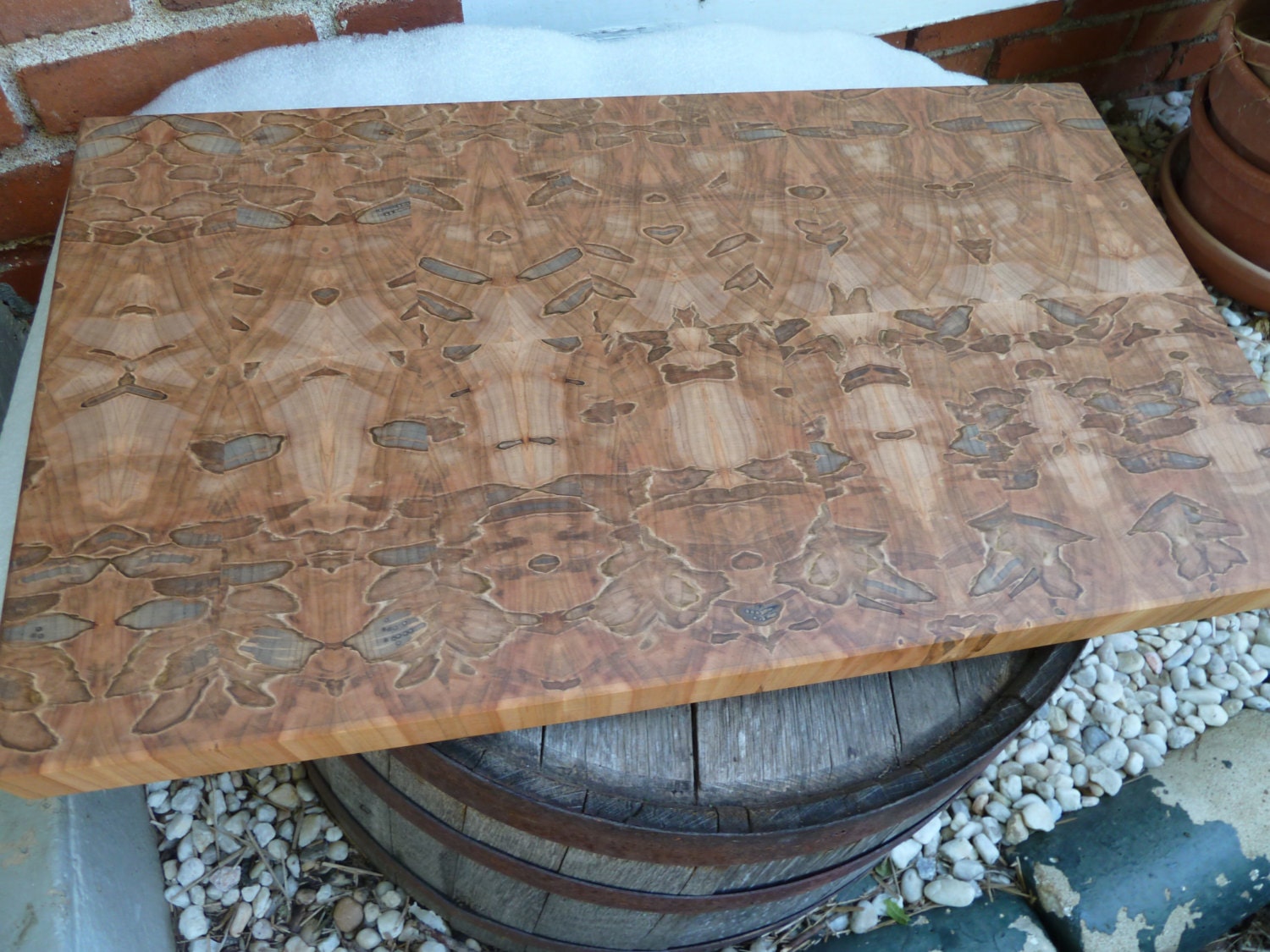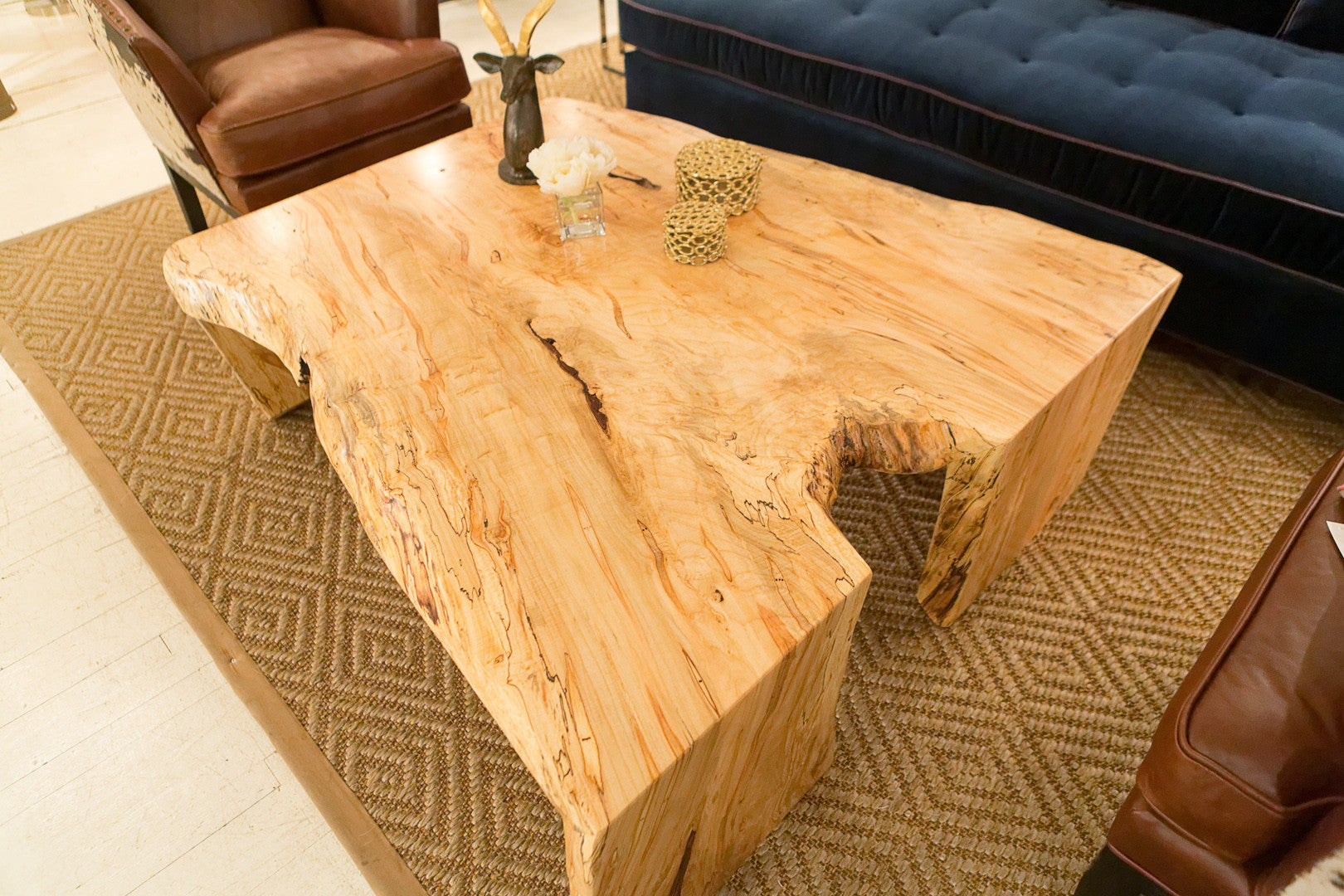

Most woodworkers leave birds eye maple in its natural state or simply apply a clear coat to allow the natural beauty to shine through. It’s believed only 1% of maple trees possess the birds eye pattern and, unlike other types of figured woods, people have not been able to intentionally create or kick start the process which results in the pattern. In these cases, unfavorable growing conditions are thought to halt the process, leaving behind tiny knots which grow with the tree. There remains some debate as to what causes these unique markings, though the most prevalent theory is that they’re the result of the tree starting the process of developing new shoots. Some boards may have a fair amount like the image above, but there can be just a few dots or so many that the pattern dominates the board. The number of birds eye patterns, or density, varies based upon the tree. Unusual round patterns or knots which resemble a bird’s eyeįurniture, musical instruments, pool cuesīirds eye maple is distinguished by the appearance of small round knots throughout the wood, which can look like the eye of a bird. Once fungi dries out, it dies.Ī post shared by Matt Heaton on at 4:14pm PDT It’s also worth noting that products made from spalted wood are not dangerous to consumers. As one might imagine, it’s a real challenge to find boards with this type of figuring that are sturdy enough for larger applications. You’ll see it more often in small projects like the bowl above, but it does get occasional use in furniture. Ergo, those who work with it must find it at just the right time-after the fungi has left its mark, but before it harms the structural integrity of the wood.įinding spalted maple is fairly rare, but its popularity is growing. Spalted maple may have a rainbow of colors through it because of this, though black, gray, and pink are the most common.Īs one might expect, when decay fungi is left to its own devices, it can totally decimate a tree. As the fungi spreads out and meets with other patches of fungi, the unique “zone lines” form.

Spalting occurs when white-rot decay fungi takes up residence in a tree. Spalted maple wood looks almost as if someone drew irregular borders all over it with ink, but it is a naturally occurring type of figured wood. Irregular borders which can look as if drawn with ink/ marble pattern White to brown, sometimes with black, gray, pink, and other hues We discuss this in more detail below.Ī post shared by Christina Zucchini Fowler on at 4:30pm PDT The most frequent uses of figured maple depend on the type of figuring. While all figured wood is rare because not all trees produce it, some types are rarer than others, simply because the conditions which lead to the figuring don’t occur often and cannot be duplicated by human hands.įigured maple is commonly used in custom furniture, musical instruments, cabinetry, kitchen utensils, and more. Each type of figuring has a unique cause. Over the years, several types of figured maple wood have been categorized based upon their visual appearance. When milled lumber exhibits characteristics that aren’t expected from normal wood, those boards get set aside and labeled as some type of figured wood.ĭisease, strain, and injury are common causes of these types of irregular grain patterns. You might see pitch pockets in cherry or burls in pine and hemlock, but that kind of characteristic is expected in those woods. In that way, each piece of furniture we sell is one-of-a-kind.īut this variation in how trees grow can also cause variation in the appearance of the wood grain when the tree is milled.įor the most part, these irregularities aren’t noticeable. Our customers appreciate that our furniture is handcrafted by real people, and they recognize the wood is also unique. Just like people, no two trees are the same. These variables are part of what makes wood so unique and such an attractive material for handmade furniture. Trees that grow in forests with lots of other trees competing for sunlight usually grow taller and straighter than you might find if that same tree grew in a field. The growth of trees is heavily influenced by environmental factors like the altitude, temperature, and the amount of rain and sun they get. In this post, we’ll walk you through the different kinds of figured maple and what gives each its distinguishing characteristics. Tapped maple is also a common way for craftsmen infuse creativity and uniqueness into their furniture design. Some of the most common types of figuring found in natural maple wood are spalting, birdseye patterns, curling, ambrosia, and quilting.

Figured maple wood is one of the most common types of wood you’ll find in artisan and custom wood furniture, especially here in Vermont.


 0 kommentar(er)
0 kommentar(er)
